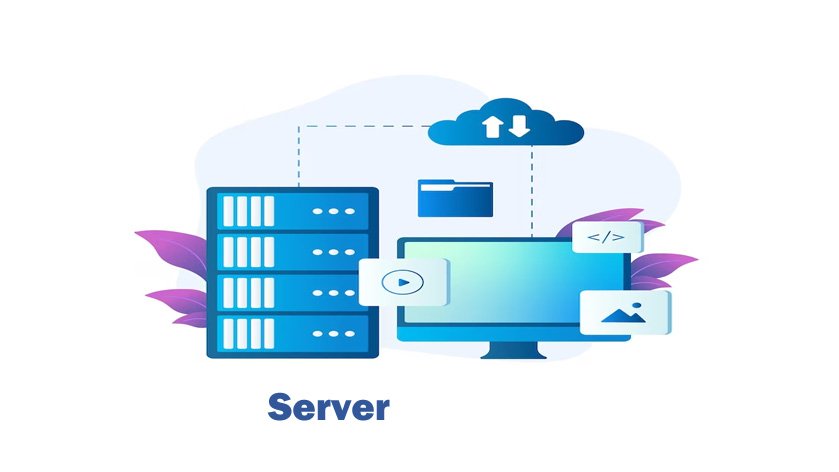A server is a hardware or software that processes a request sent over a network and gives a reply. A client is a device that will send a request and then wait for its response. The computer or any device that will accept a request for online files and transfer files to the client is mentioned as a “server” in the internet framework. Servers will provide various functions called services. These services consist of sharing resources or data among multiple devices. A single server can serve these multiple devices, which is the opposite of a single client’s use of multiple servers.
What are the Components of a Server?
The components of it differ based on the function and other factors of a given server. But the components that are mentioned below are some of the common ones:
- Hardware: This is the most crucial component, which includes the CPU (Central processing unit), storage device, network interfaces, and more.
- Management Tools: Tools used in the management process and monitoring performance are included with servers.
- Operating System: Creating a operating system with a specific type of server or client environment in mind.
- Network Connectivity: To communicate with client devices, the programs connect to the network architecture.
- Server Software: The software will support the specific use case. Software for web servers, databases, and email servers. These are some of the examples of software servers.
What are the Types of Servers?
- Computing server
- Database
- Web
- Catalog
- Application
- Communication
- File
Conclusion
In conclusion, a server plays a crucial role in modern computing by providing different services, resources, and functionalities to clients connected to a network. Moreover, they come in different types, each customized to purposes such as hosting websites, storing files, managing databases, handling email, and more. Servers typically have robust hardware and run specialized operating systems optimized for these tasks. They require ongoing maintenance, management, and security measures to ensure reliability, performance, and protection against unauthorized access.

